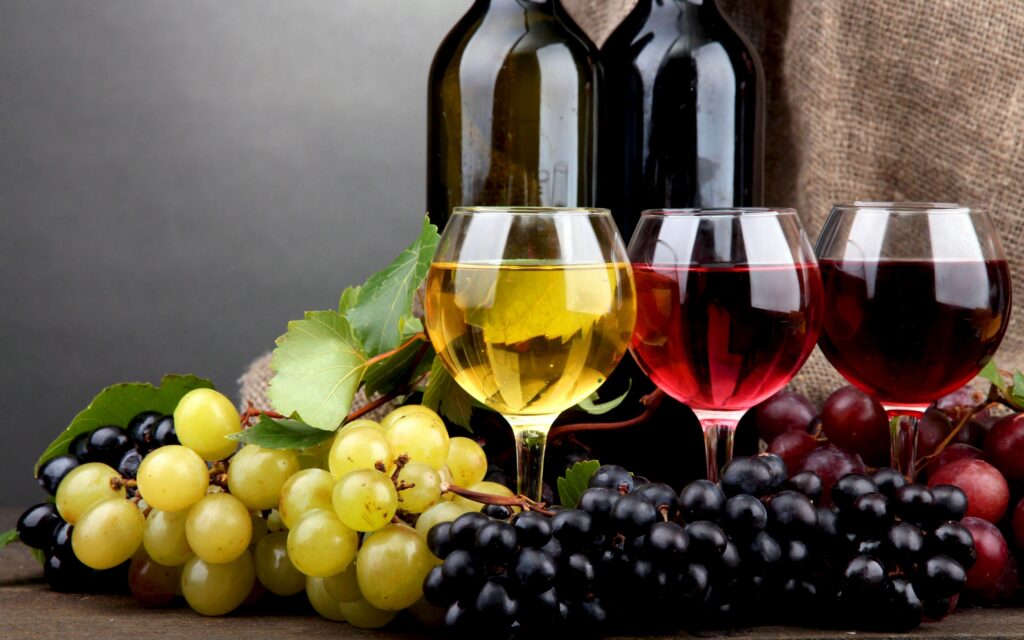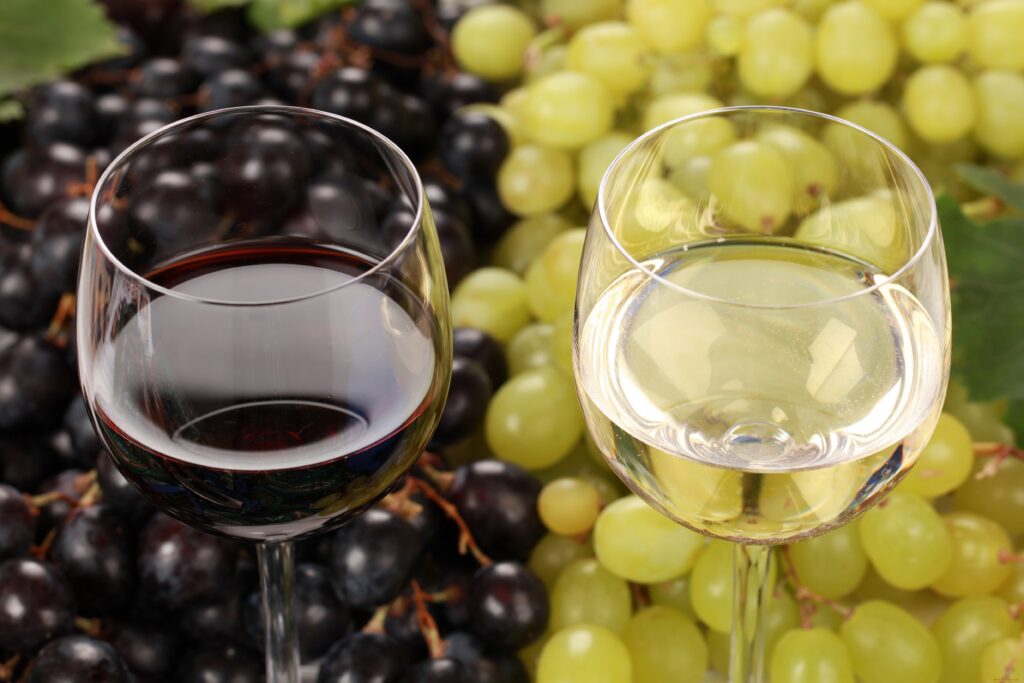
A few tips from the sommelier of the Alianta Group, how to choose a wine that you really like and not get in trouble. Each of us regularly faces the choice of wine at the restaurant. You are brought a wine list and you are confused to look at this endless list. It’s a good idea to meet famous brands or names that you know. And if they don’t, the choice is stumped. At the same time, at another table there is sure to be some expert, compared to which you will feel like a complete profane. Having thrown his foot in, he appeals with “good years” and “beautiful organoleptics”, as a result, without remorse can give up the first bottle, as it has a “cork”. We share our tips and tricks so that in a minute you turn from an ordinary amateur into an almost expert.
White or red, that’s the question.
Before calling a waiter or sommelier, decide whether you are interested in white or red wine. There are standard combinations: white to fish, salads, red to meat and more intense dishes. However, there are exceptions. So if you have a large company and everyone chooses different, then take either a fairly dense white wine or light red. Although, there’s always the option of taking both.
There is also a third, universal option – as Matteo Lunelli, the owner of the Ferrari house, says, sparkling wines produced by the classical champagne method can easily cope with both light snacks and carbonara paste. So if you have doubts about the choice between white and red, take the sparkling wine.
Sommelier questions
The sommelier will most likely ask you which wines you prefer. Yeah, yeah, that’s the question that usually led you to a dead end. Let’s try to make things right.
Light or powerful.
Let’s start with the simple thing – the choice between light and powerful wines. Remember, it depends a lot on your choice of dishes. You can ask for a powerful round wine with a fruity aftertaste, such as a cabernet sauvignon or chardonnay. Or a lighter, more acidic wine with mineral notes like pinot noir or blanc sauvignon.
You don’t have to follow classic combinations. Our French supplier Louis Max (by the way, the owner of Georgian roots) is sure that Burgundy pinot noirs will make a good match not only for meat dishes, but also for grilled or tuna seabass.
Climate .
This is the next characteristic that will help you choose your wine. In cold climates, wine often reveals the notes of red fruits, citrus, it is a wine with good acidity. In hot climates, wines are warmer in character – there may be cherries and blackcurrant, tropical fruits, spices.
However, there are exceptions that a sommelier may warn you about. Let’s give you an example: Sicily is mainly associated with intense nero d’avola or grillo, where the sugar content is initially high enough. But some producers may surprise you with a very different style of Sicilian wines: for example, the Planeta family owns vineyards on almost all the coasts of the island and all their wines have a different character. On Etne, they are elegant and fresh wines, while in the southern Vittoria region they are brighter and more fruity. You’re sure you want Sicily, but looking for fine wines, choose a producer from Etna.
Sorta
If you already have some favourite grape varieties, it can also help the sommelier with his choice. If not, orientate him towards the more agreeable characteristics of the grape varieties above.
Dry or semi-dry
We have all heard, though we do not know who spread the rumor, that drinking semi-dry and, God forbid, semi-sweet is a mowetone. But it’s not quite the same or the same. First of all, in Russia the certification of wines is a bit different from the western one – what is considered dry wine in Europe can be marked with a mark “half-dry”.
Secondly, if you open the websites of winemakers from different countries, you will easily find a description of taste and aroma, but you will hardly find such characteristics as “dry” or “semi-dry”, because wine can be different, but the main thing – good. And we support this approach. Otherwise you will have to give up Italian primitive or Californian zinfandel at all, and sometimes even Riesling. There are wine-producing regions where semi-dry wines are prevalent at all – for example, in Italian Puglia it mainly produces semi-dry wines and this does not prevent it from getting high scores from wine experts.

Country of origin
We’re sure you’re ready for the experiments. Of course, each country has its own characteristics. New Zealand is always associated with crispy sauvignon blanc, Italy and Spain – with clear and fruity wines, France – with prestige and elegance. All this is true in one way or another, but one must not forget that good wine is good wine everywhere. There are very thin and elegant New World wines, while powerful and straight wines are in the Old World. That’s why we don’t advise you to limit yourself to territory, unless you have a keen desire to arouse memories of a wonderful vacation in this or that country. Go beyond the usual borders – for example, try Greek Xinomavro or Uruguayan Tannat.
What to do when you’ve been brought wine
And so you’ve already ordered and the sommelier is rushing to you with the bottle. He will certainly show you the label – check the name and vintage (if it was on the wine list), if they match what you ordered.
The sommelier will then open the wine and show you the cork. If it is intact, with no signs of destruction, the wine will most likely not be spoilt. However, next you have to test it for taste.
Rotate the wine a little bit in the glass, appreciate the flavour. If there’s a cork in the wine, you can smell the wet cardboard. And if you really smell it, you have every right to ask for a replacement bottle of wine.
For wine it is also important to choose the right glass or at least a universal one. But that’s a separate topic for conversation…
We wish you a pleasant evening!